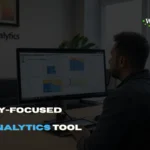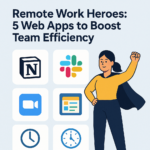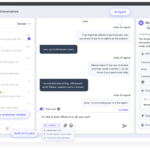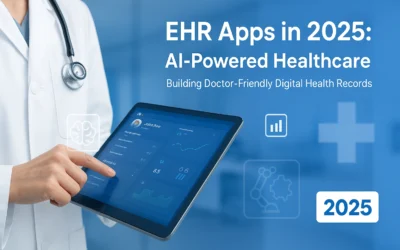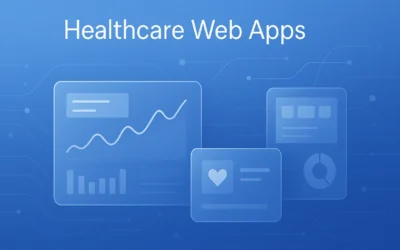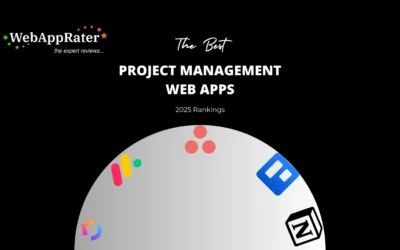Laravel is a powerful, open-source PHP framework designed to simplify web development. It provides a clean and elegant syntax, making it a popular choice for developers of all skill levels. Laravel is known for its extensive features, which can help streamline the development process. Below, we will dive into setting up your environment, building your first project, and exploring the framework’s core tools.
Setting Up Your Laravel Development Environment

Before you begin working with Laravel, preparing your development environment is essential. Start by installing a local server environment like XAMPP, WAMP, or Laravel Homestead. These tools provide the necessary infrastructure to run Laravel on your machine without needing a live server.
The next step is to install Composer, a PHP dependency manager that Laravel uses to manage libraries and packages. Composer ensures that all of Laravel’s dependencies are installed and maintained throughout your project’s lifecycle. Once Composer is installed, you can quickly install Laravel with a simple command.
After installing Laravel, it’s time to configure your local environment. You must set up your .env file containing key information about your application, such as database credentials and environment settings. Ensure you have configured the file correctly to avoid issues when running your project locally.
Once your development environment is set up, you can open your preferred code editor and start working on your Laravel web development project. Laravel offers various tools, including a command-line interface called Artisan, which simplifies common tasks like running migrations or generating boilerplate code. You’re ready to dive deeper into the framework with everything in place.
Building Your First Laravel Project

To begin building with Laravel, start by creating a new Laravel project. You can do this with Composer by running a command that installs the latest version of Laravel in a designated directory. This process will generate a new folder containing all the essential files and directories needed for your project.
Laravel projects follow a standard structure that includes directories for controllers, views, routes, and migrations. The structure is designed to be intuitive, making it easy to organize your code efficiently. As you start working on your project, this structure will help keep everything in its place.
After setting up your project, the next step is to define routes for your application. Routes handle user requests and map them to the appropriate controller actions. In Laravel, routes are defined in the routes/web.php file, which makes it easy to add and manage routes for your application.
With your routes set up, you can create controllers to handle business logic and interact with models. Controllers are your Laravel application’s backbone, allowing you to process and pass data to views. By organizing your application logic into controllers, you can maintain clean and readable code that’s easy to maintain.
Exploring Laravel’s Core Features and Tools
Laravel offers many powerful features that can help accelerate the development process. One such feature is Eloquent ORM, which provides a simple and elegant way to interact with databases. Eloquent allows you to work with database records using PHP syntax rather than writing raw SQL queries, making it more intuitive and less error-prone.
Another essential feature is Laravel’s Blade templating engine, which simplifies creating dynamic views. Blade allows you to use simple PHP syntax within your HTML templates, enabling you to create flexible and reusable layouts. This templating engine is powerful yet straightforward, making it a valuable tool for creating clean and maintainable views.
For handling data validation, Laravel provides built-in validation rules that help ensure data integrity before it’s saved to the database. These rules can be applied to user inputs, and Laravel will automatically handle the validation process. You can also create custom validation rules to meet specific project needs, which enhances flexibility.
Finally, Laravel includes an integrated testing suite that allows you to write and run tests for your application. Laravel’s testing tools support unit, feature, and browser tests, allowing you to ensure your application works as expected. By testing your code regularly, you can identify issues early and maintain a high-quality application throughout development.
Overall, Laravel provides a robust and user-friendly framework that simplifies the web development process, even for beginners. You can efficiently create powerful and maintainable applications by understanding the setup, building projects, and utilizing its core features.


















